
Quick Jump To List
Cricket is a sport which is massively popular in some countries and practically unknown in others. The UK is one of the countries where it is hugely popular, so there are plenty of opportunities for playing the game either recreationally or competitively.
Contrary to what is often believed, the basic rules of cricket are actually quite simple although there is quite a bit of jargon to learn. This is where a good cricket glossary can come in very handy.
Finding a cricket team
The UK has cricketing bodies in England and Wales, Scotland and Northern Ireland, although in most of the UK, you’ll probably find it easy enough to find a team just be doing a local internet search or asking around sports venues which offer indoor cricket courts.
If this explanation sounds complicated, check out this video which gives a good demonstration of how it works in practice.
Understanding a cricket ground
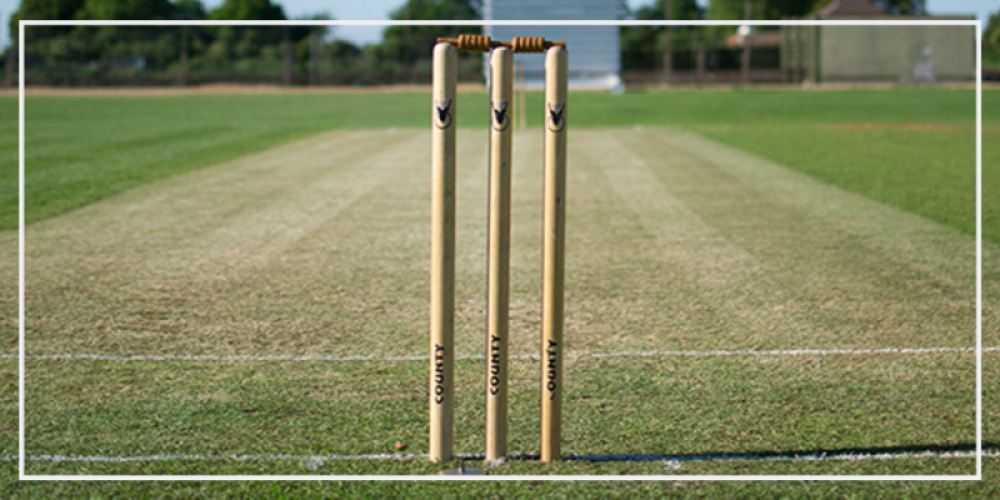
The traditional cricket ground has a pitch at its centre. This pitch is about 20M long by about 3.5M wide and has a wicket at each end.
A wicket comprises three wooden stumps topped by two balls. The space just in front of the wicket is considered the batsman’s “ground” and its front boundary is marked by a line known as the “popping crease”. While he stays in his ground he is safe, but he can only actively score if he moves out of it.
The pitch is surrounded by a field, which is usually circular or oval in shape. It’s exact dimensions may vary but its borders will be demarcated by a “boundary”, behind which spectators will sit. Typically the whole boundary line will be clearly marked e.g. with paint or rope (or both) but if that is not possible then the officials should just do as much as they can.
There is now a version of indoor cricket, which is essentially identical to the traditional, outdoor, game except for the fact that it is played with a soft ball and uses a tension-net court instead of the traditional boundary. Unsurprisingly, it is already very popular in the UK and its popularity is growing all the time.
The composition of a cricket team
Each team comprises 11 players, which means that there are a total of 22 players involved in a match, of whom 13 are on the pitch at any given time.
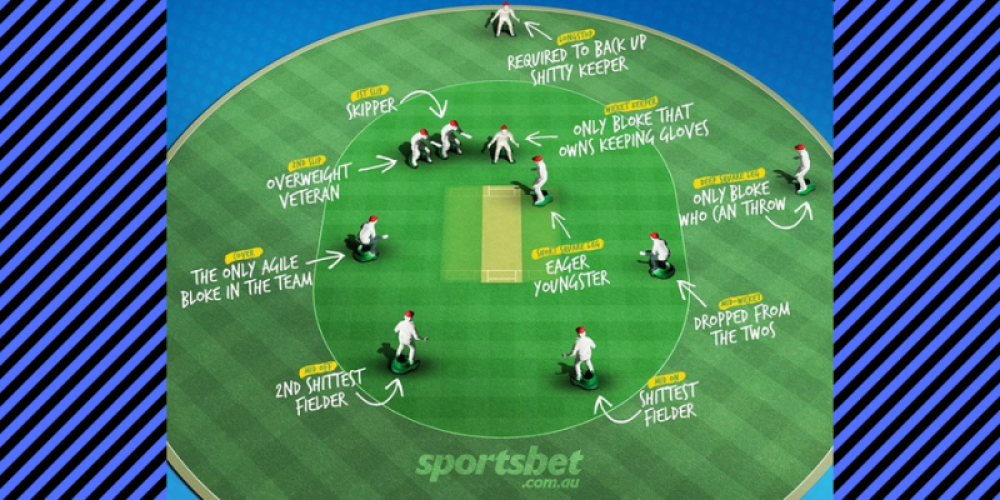
The team which is “batting”, has two players on the pitch, one at each end of it, while the other 9 are said to be “in the pavilion”, basically off the pitch but close by for when they are needed.
The team which is “fielding” has all of its 11 players on the field, of whom one is their designated bowler and the others are scattered around the pitch according to whatever strategy the fielding team is deploying.
The roles in a cricket team
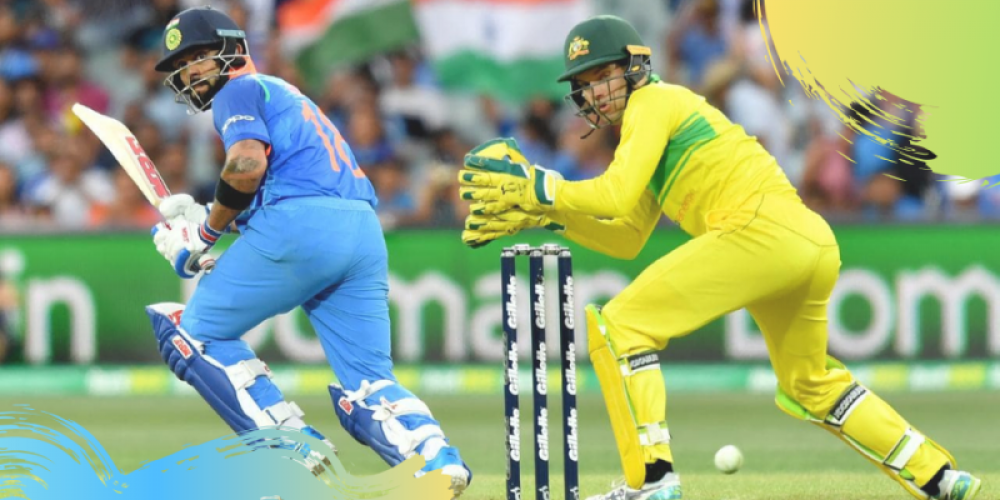
In principle, all players have to participate in the three main elements of a cricket team, which are batting, bowling and fielding. In practice, most players will specialize in either batting, bowling or wicket keeping (which is a fielding task but considered a specialist role). Only a few are capable of performing at top level in more than one task. These players are called “all-rounders” and are highly prized.
Here is a quick guide to the specialist roles in a cricket team and what they mean.
The captain

One of the big differences between cricket and many other sports, especially team sports, is that once the game starts the official team coach has minimal involvement in it. The captain takes over the mantle and is effectively in charge of everything their team does, including the strategy they use.
For this reason, the captain is usually the most experienced player on the team, (although this is not set in stone). Certainly they will be considered the best tactician in the team. Captains can and do take advice from other members of their team, indeed they may rely heavily on them, but at the end of the day, what they say goes.
In other words, the role of captain in a cricket team is far more important than the equivalent role in just about any other sport.
If you’re up for some extra reading, The Art of Captaincy by Mike Brearley is a great book, which will not only give you insight into what it means to be a cricket captain (Brearley is rated as one of the best of all time), but is also thoroughly entertaining and has plenty of useful life lessons.
Batsmen

A batsman’s main job is to defend their wicket and their secondary job is to score runs. Batsmen therefore need to understand how the bowlers do their job and they need to understand it well enough to apply that knowledge instinctively because cricket has little enough time for reaction, let alone active thought. They also need the physical skills to be able to deal with whatever the bowlers throw at them, literally.
Batsmen also have to be effective strategists as they need to decide when it is and is not safe to attempt a run and, if they do run, when they should stop.
Bowlers

A bowler’s first aim is to take the wicket by knocking it down either directly (bowling out) or by collaborating with the wicket keeper to create a stumping. There are various approaches to this as follows:
- Fast bowlers rely on speed
- Swing and seam bowlers attempt to control how the ball flies through the air or what it does when it bounces
- Slow bowlers aim to use deception to confuse the batsman
- Spin bowlers are slow bowlers who specialize in delivering balls which bounce at awkward angles due to the spin on them.
Wicket keepers
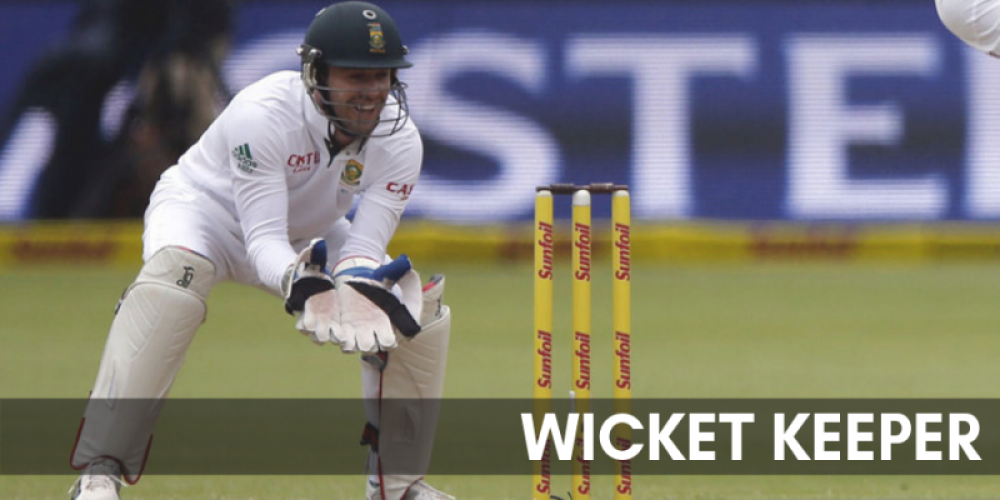
Although the wicket keeper is performing a fielding task, this is considered a specialist role. Under current rules, teams do not have to use a wicket keeper, but it is highly unusual for teams to opt to play without one. Essentially the wicket keeper “marks” the batsman and collaborates with the bowler to try to stump him.
Fielders

With the exception of the specialist roles, everyone else on the pitch will be fielding and while the general fielding roles are not considered specialist, there is still a massive amount of strategy to them.
Gameplay
The bowler will throw a ball towards one of the wickets in the hope that it will knock it down, in which case the batsman defending the wicket will be “bowled out” (eliminated).
The batsman in front of that wicket is known as the “striking batsman”. The batsman’s aims are firstly to stop the ball from reaching the wicket and secondly to send the ball out of the pitch into the field. The batsman can only hit the ball with his bat (or the hand holding it). If he touches the ball with any other part of his body, it is declared “leg before wicket” or LBW and the batsman is considered “out” (eliminated).
If the striking batsman can send the ball out into the broader field then he and the other batsman, the “non-striking batsman” can use the time it takes to recover the ball to run between the two wickets. Runs are the equivalent of goals, although the average cricket match will see a lot more of them than any other form of sport. The batsmen do not have to run when the striking batsman hits the ball, they need to consider whether or not it is safe to do so.
For the sake of completeness, if a batsman has an injury which prevents him from running, then the team may appoint a “runner” to do that task for him. This, however, is the exception rather than the rule.

The fielders’ first aim is to catch the ball before it hits the ground. If they do then the striking batsman is “caught out” (eliminated). Failing that, they will try to knock down the wicket while the batsmen are still running. If they succeed, the batsman who was running towards that wicket will be “run out” (eliminated).
The fifth main way a batsman can be eliminated is called “stumping” and often comes about as a ploy between the bowler and the wicket keeper. Essentially, the bowler aims to deliver a ball which will lure the player from out of his ground. If the player misses the ball and does not either get back into his ground quickly or attempt a run, then the wicket keeper can catch the ball the player missed and use it to put down the wicket.
The batsman can also be stumped if the ball rebounds off the wicket keeper. This may be pure luck (good or bad depends on your point of view), but the wicket keeper will probably be quite happy to claim it anyway.
Depending on the nature of the game, the teams may play for a set number of “overs”, or until 10 batsmen have been eliminated (meaning that the 11th has to stop playing as they are without a partner). In either case, the team with the greatest number of runs is declared the winner.
An “over” is six “deliveries” from the designated bowler. A “delivery” is when the bowler throws the ball at the wicket. At the end of each over, the “ends” are changed. In other words, the designated bowler is replaced by one of his team-mates who will bowl towards the opposite side of the pitch. The batsmen, however, stay where they are.
Bowlers are forbidden from bowling two successive overs, which means that a team needs to have at least two good bowlers on their side so that, as a minimum, they can alternate between overs. Most teams will aim to have at least four or five specialist bowlers, although they will generally work in unofficial pairs, basically taking turns at bowling alternate overs for an extended period, which is called a “spell” after which one or both of them will be replaced.
Summarizing outs

In cricket, the term “out” basically means that the batsman is eliminated. There are five main ways for this to happen, which we’ve already covered. These are: leg before wicket, bowled out, caught out, run out and stumped.
There are five more reasons why a batsman could be declared out although they are virtually never used in practice. These are:
- Retired - a batsman leaves the field without the Umpire's consent for any reason other than medical requirements (e.g. illness or injury)
- Hit the ball twice
- Hit wicket
- Obstructing the field
- Timed out
Learning cricket strategy
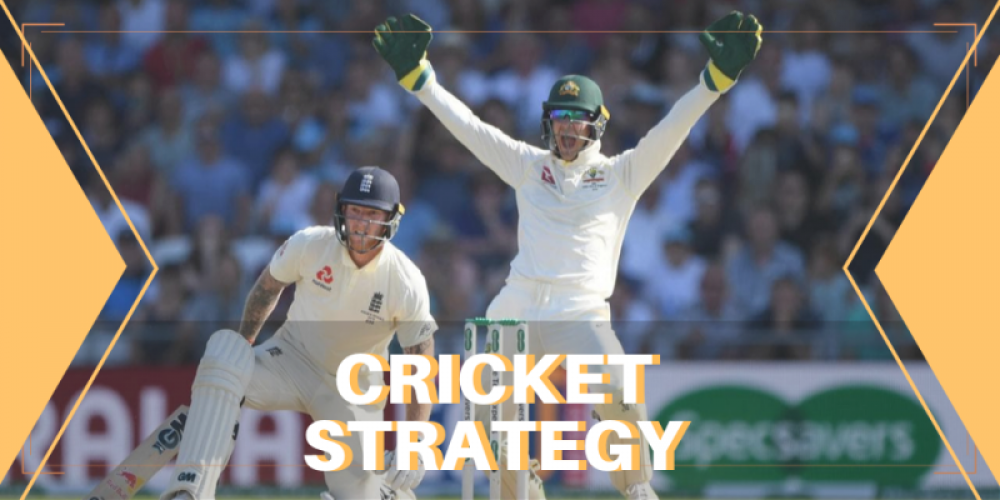
To be perfectly honest, if you never play a game until you’ve mastered cricket strategy, then you’ll probably never play a game. Cricket strategy is way too detailed to get into here, however, in addition to playing, there are three main ways you can learn it.
Talk to other players, pay attention when people are discussing a game (be it recreational or competitive) ask questions. You can disagree with someone’s opinion and still learn from it.
Head to YouTube and look up cricketing videos. There’s plenty of them ranging from matches analysis to discussions and master classes.
Watch competitive cricket and pay attention to the commentary. If you miss the matches, or just want extra information, the ESPN cricket site covers a lot of matches and has great analysis. It’s also intended for a U.S. audience and as cricket is only just starting to gain mainstream recognition in the U.S., it’s very beginner-friendly.
Getting your cricket equipment together
The two teams will share the wickets (which are made of 6 stumps and two balls). These can be reused between games. They will also need a supply of balls to be used in actual play and these will wear out over time (especially the soft ones used for indoor play).
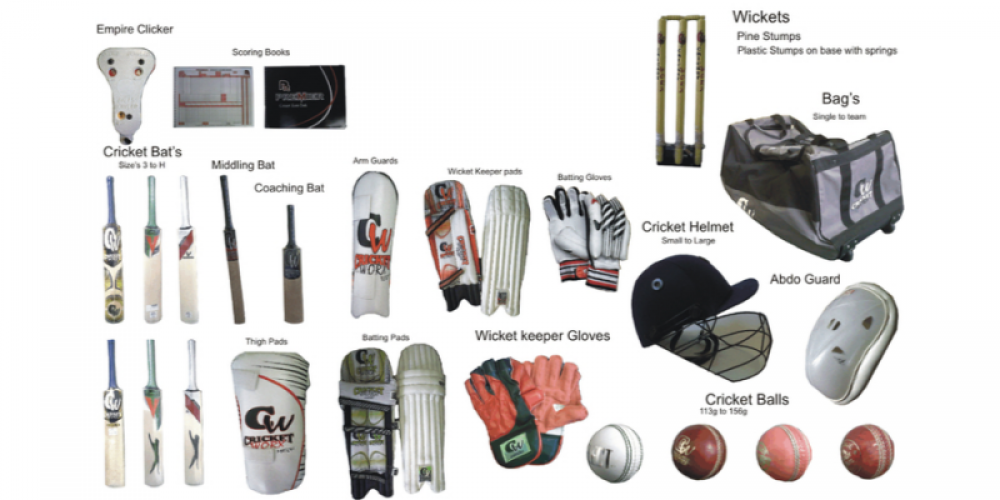
Each individual player will need appropriate sports clothing and footwear, plus a bat and, if playing outdoor cricket with a hard ball, protective clothing to wear when batting (or wicket keeping). All of these items are widely available and very affordable.
In short
Cricket is a historic game which has not only kept its place in the modern world but is still growing in popularity, especially amongst female players. It’s fun to play and watch recreationally and if you have what it takes to go professional then the rewards (financial and otherwise) can be very significant.













